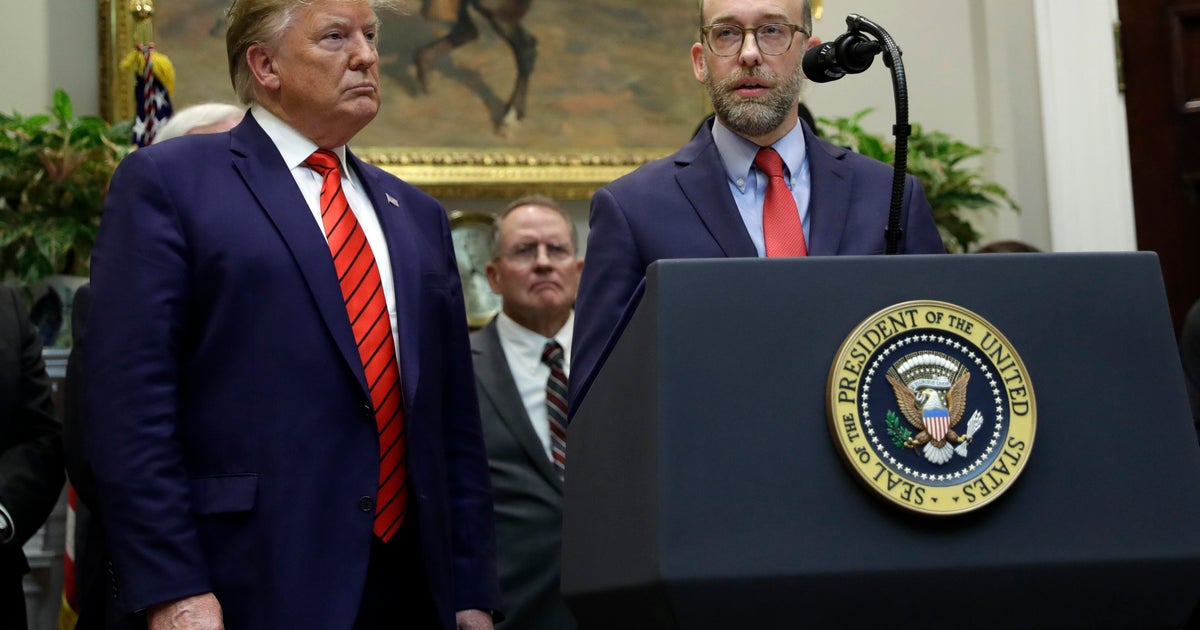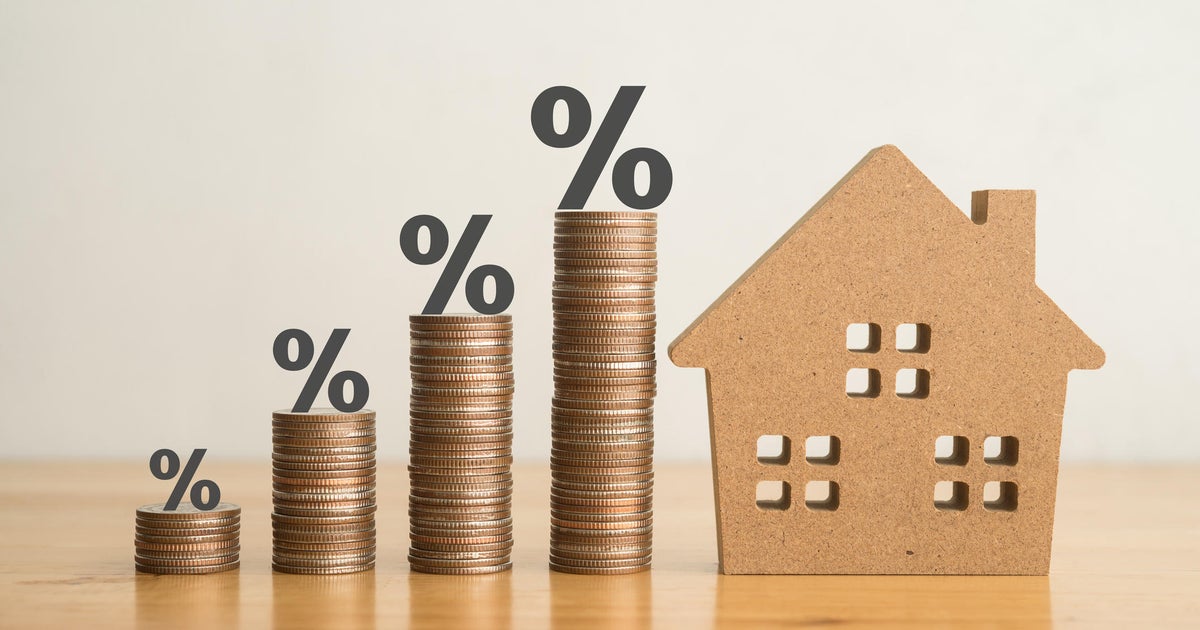Congressional Budget Office forecasts high unemployment for years to come
The coronavirus-driven shutdowns across the country have driven U.S. unemployment to levels not seen in at least 90 years. But those numbers are expected to "get worse before they get better," as Treasury Secretary Steven Mnuchin told the Senate banking committee Tuesday.
As to how much worse, the independent Congressional Budget Office issued an estimate just hours later Tuesday. The nation's unemployment rate will exceed 15% through September, the CBO predicted, and remain above 11% for the rest of the year. In 2021, the CBO expects unemployment to average 9.3% — less than a percentage point below its most dismal level at the peak of the Great Recession in 2009.
"During the second quarter of 2020, the labor market is projected to see the steepest deterioration since the 1930s," the CBO wrote.
Stubbornly high unemployment will persist despite lawmakers' efforts to inject cash into the economy, the CBO predicted.
Its report cited further layoffs as the $660 billion Paycheck Protection Program, with low-interest loans that encourage small businesses to keep workers on payrolls, winds down. In addition, state and local governments will feel the effects of drastically reduced tax revenue and cut public sector workers. Meanwhile, the health risks of going outside and the temporarily increased unemployment benefits will make many workers less motivated to look for jobs, the CBO predicted.
A partial rebound could come in the last three months of the year, with the CBO projecting that 30% of today's laid-off workers will be rehired.
"That quick, albeit partial, rebound is possible because a large fraction of the layoffs so far appear to be temporary, which would allow businesses to recall furloughed employees and resume operations relatively quickly," the CBO wrote.
Still, the labor market will remain in far worse shape than the unemployment rate suggests, because the official rate doesn't count the number of people who stop looking for work, the CBO pointed out.
The labor force participation rate, which measures the number of people working or searching for work, has fallen to levels last seen 50 years ago. It's expected to remain depressed, according to the CBO, as older workers, who are more vulnerable to catching COVID, retire early.



